
Who are there and where do they come from?
There are tens of thousand trillions of microbial cells in a adult human, and hundreds of microbial species in each sample. From densely populated sites such as the colon, mouth and vagina, to low-biomass samples, there are much to discover about the microbial residents, focusing on metagenomics and culturomics.
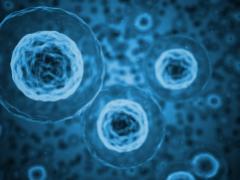
What make them grow or perish?
Besides diet, medication and other chemicals we expose our microbiome to, the microbes graze on mucin or even glycans on antibodies and cells, fix carbon dioxide or ingeniously make use of other resources. It is as yet more challenging to understand how the different human commensal microbes work together in an ecosystem.
From “Guilt-by-association” to causality
Metagenome-wide association studies (MWAS) has been more controversial than GWAS due to dynamics in the microbiome with environmental factors. (Chapter 6 of Jia. ISBN: 9780323913690) and Chapter 9 of an upcoming new book on causality.) We do identify genetic associations with microbes at all the major body sites. Microbial biomarkers for diseases are detected decades before clinical symptoms. For the good bugs that are lacking in some people, we’ll devote quite a few years to make them available as an effective treatment that doctors can use.
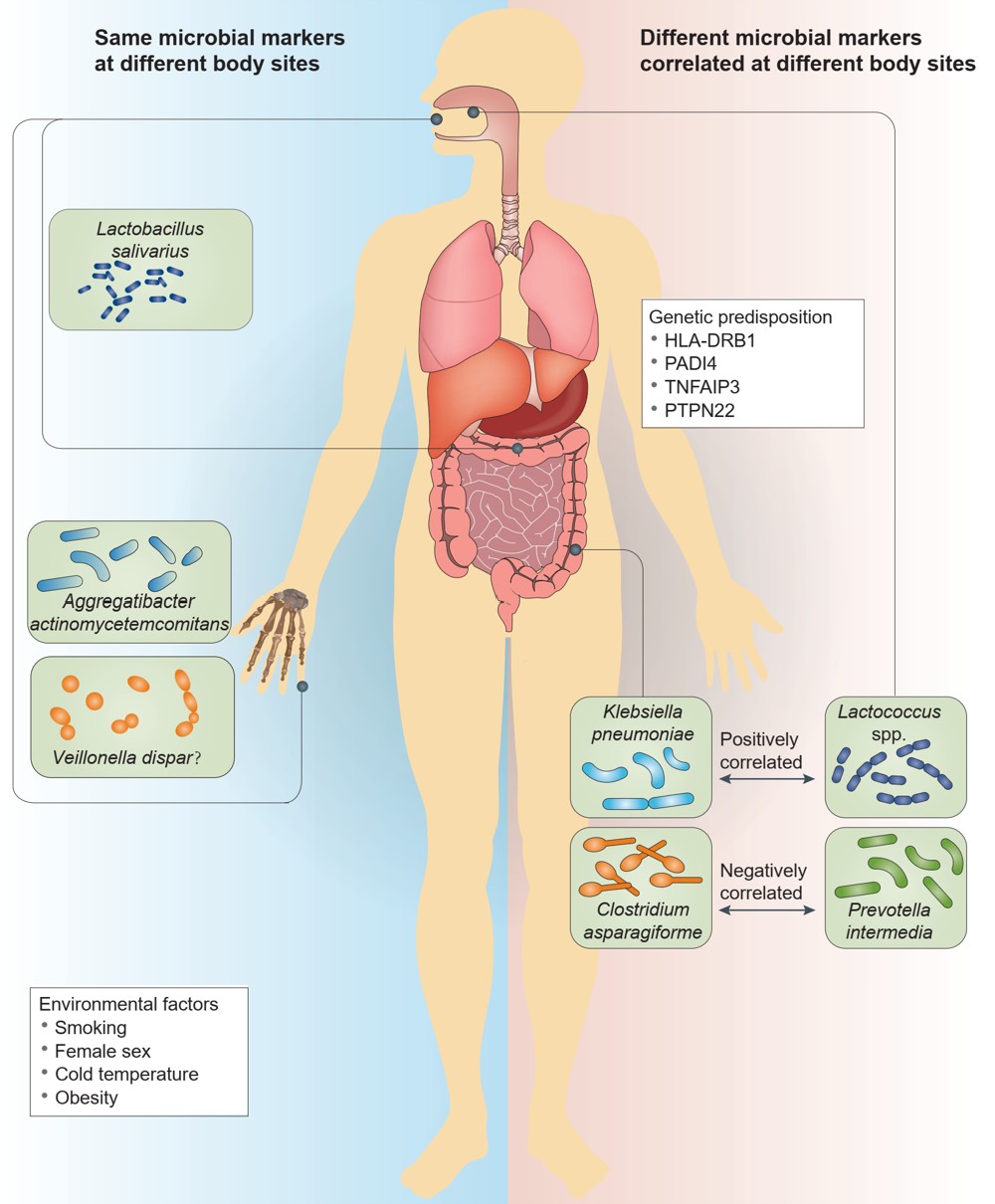
Rheumatoid arthritis associated bacteria from the gut, mouth to the lungs and joints
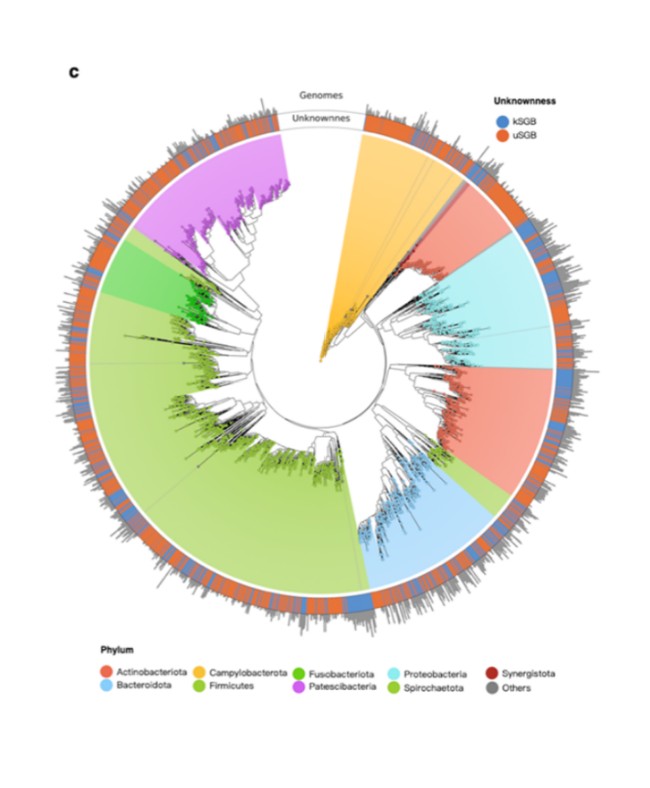
Metagenomic assembly reveal new taxa
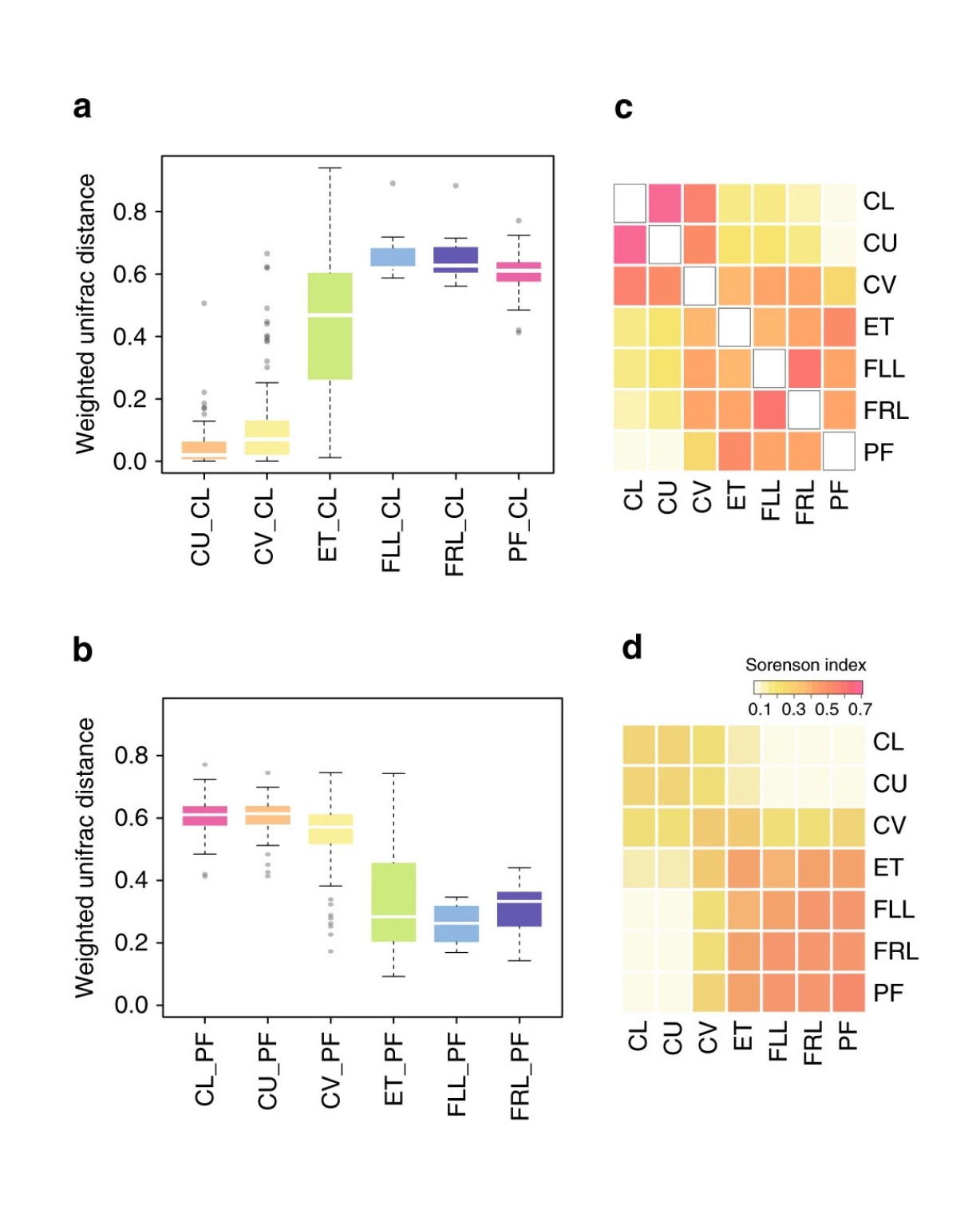
Extra caution for low-biomass samples—Chapter 3 of (link: https://www.elsevier.com/books/investigating-human-diseases-with-the-microbiome/jia/978-0-323-91369-0)
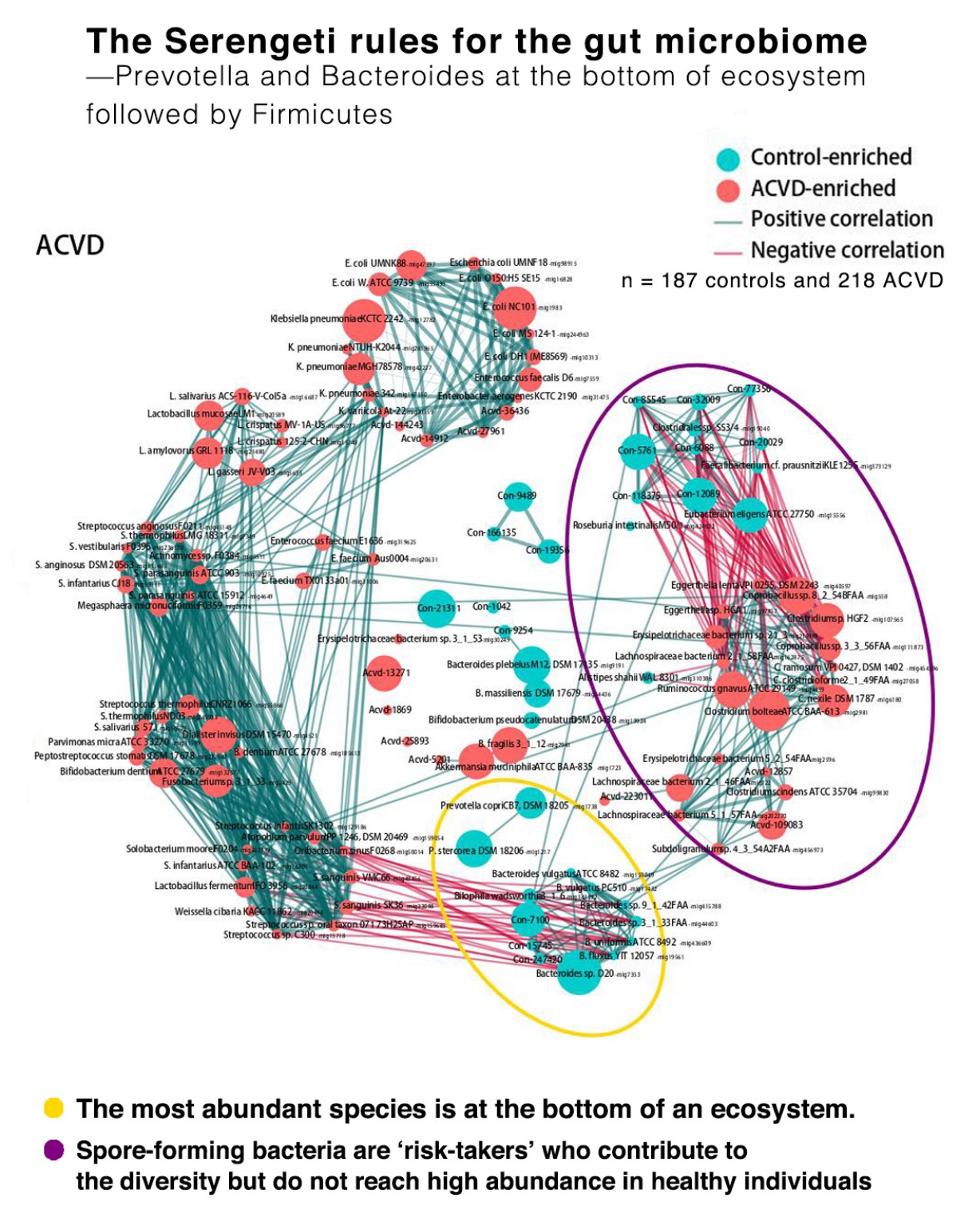
The Serengeti rules for the gut microbiome—Prevotella and Bacteroides at the bottom of ecosystem, followed by Firmicutes?
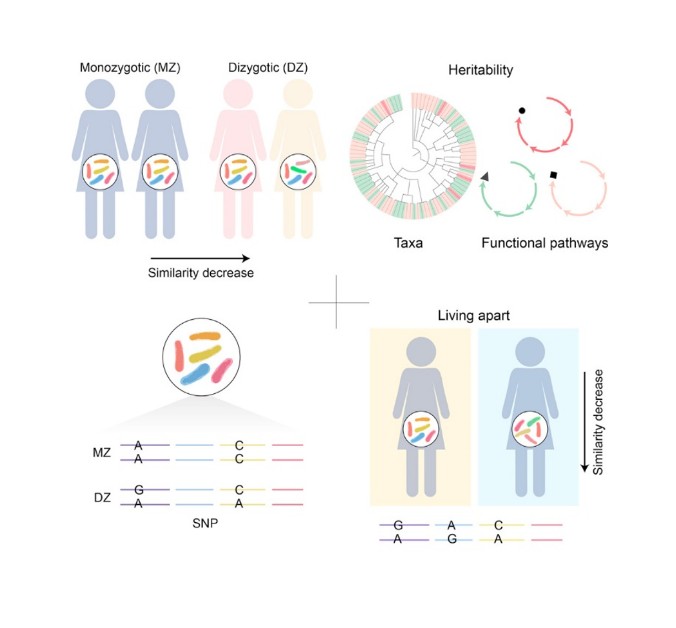
The microbiome carry information for geographical location and sharing of a household when young
